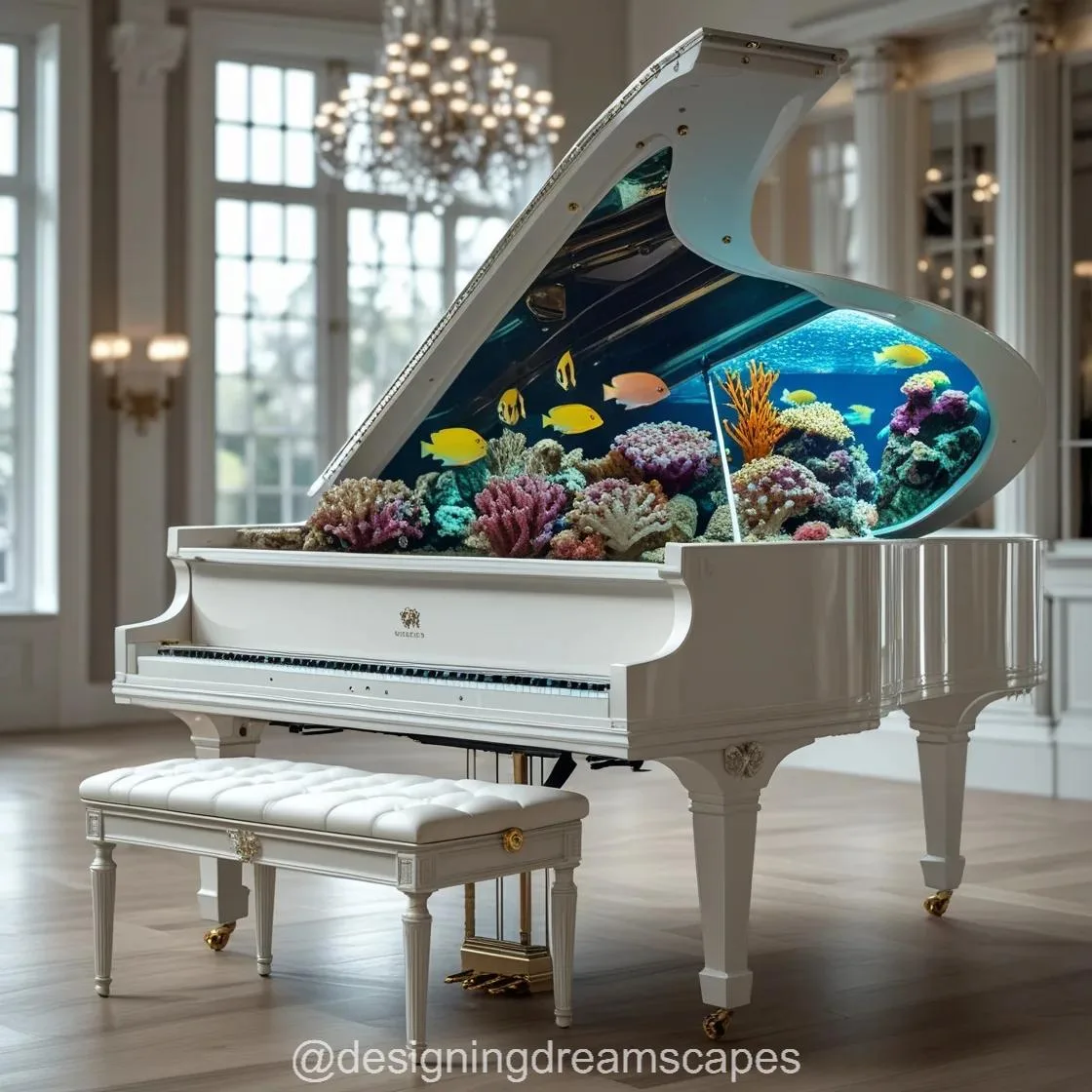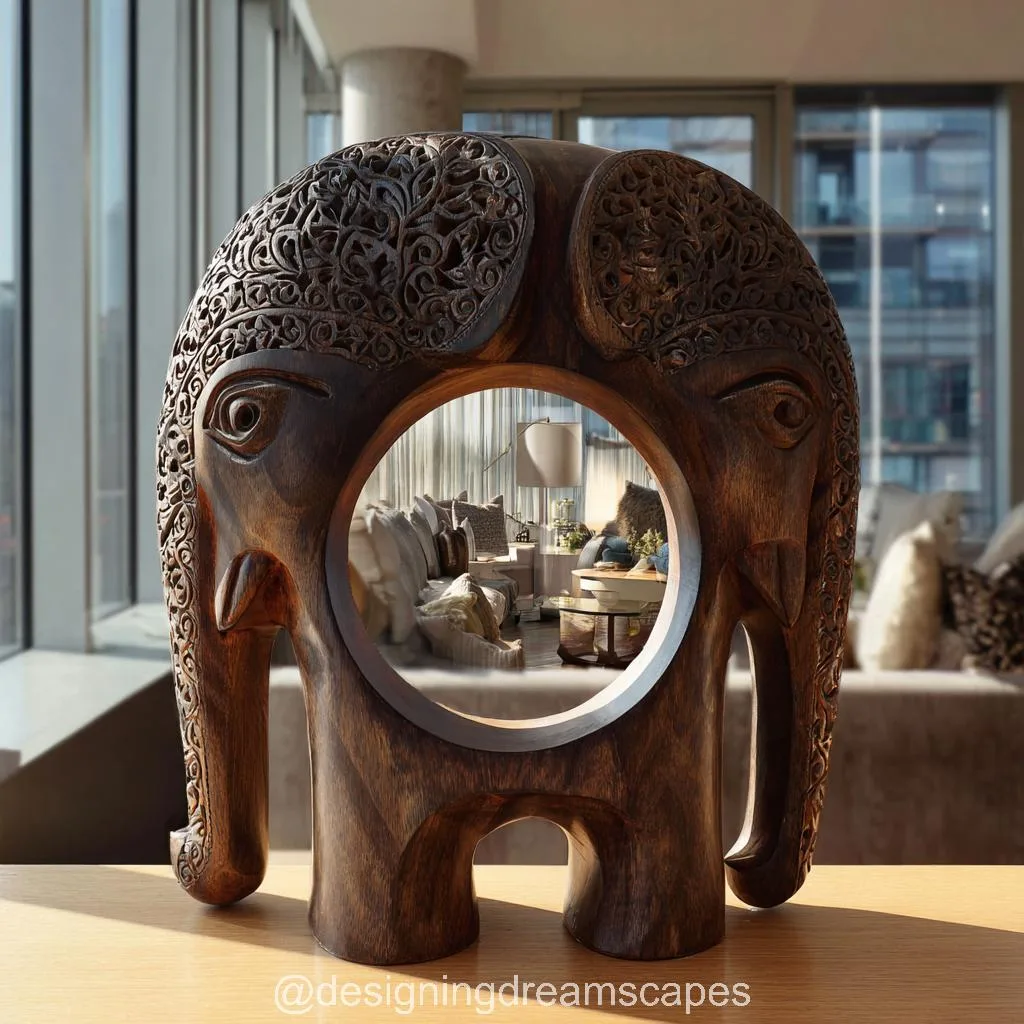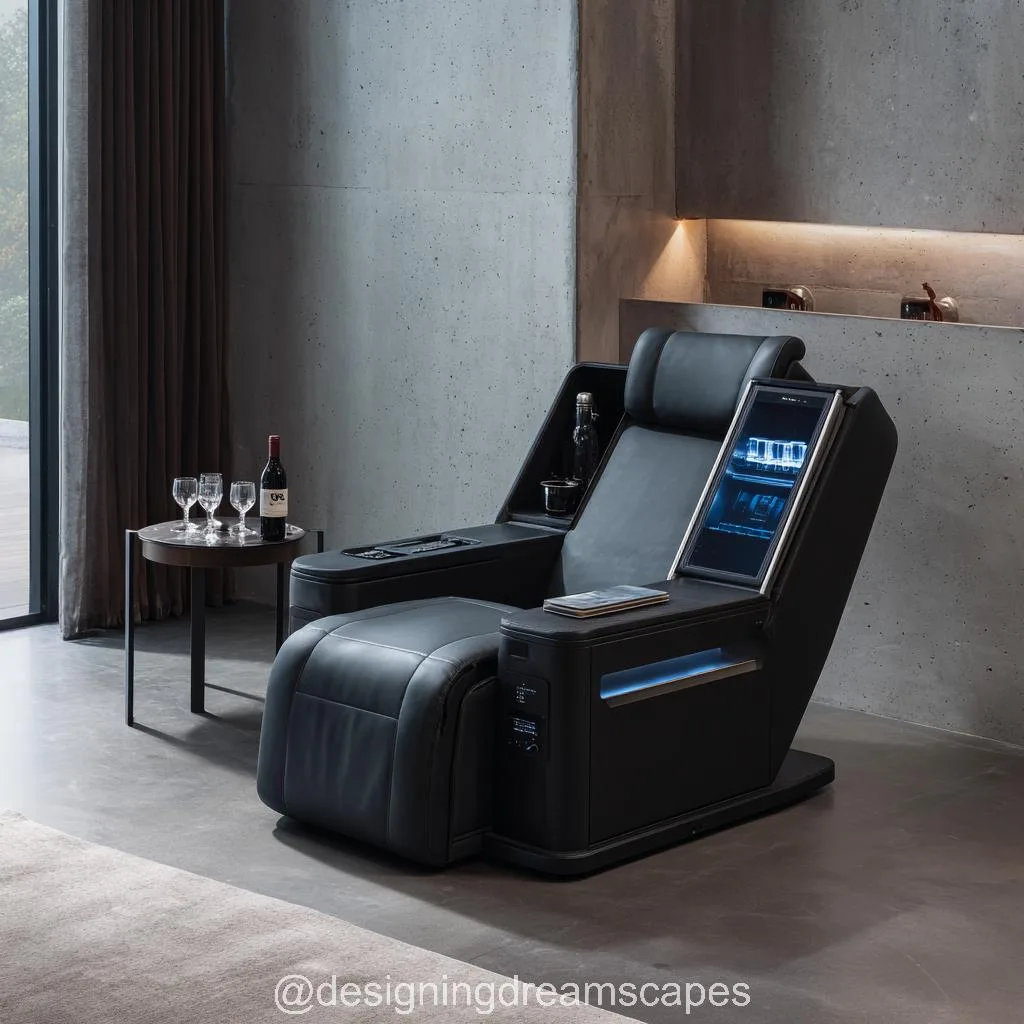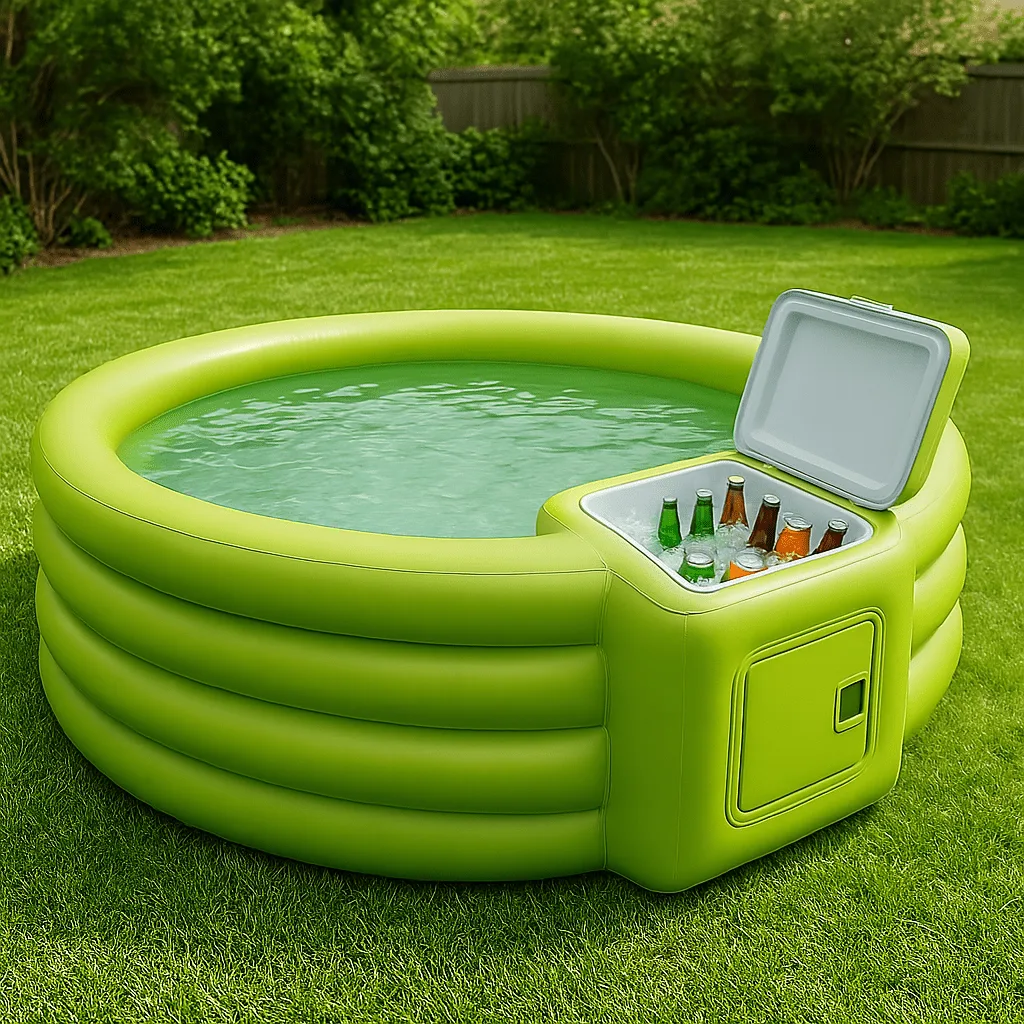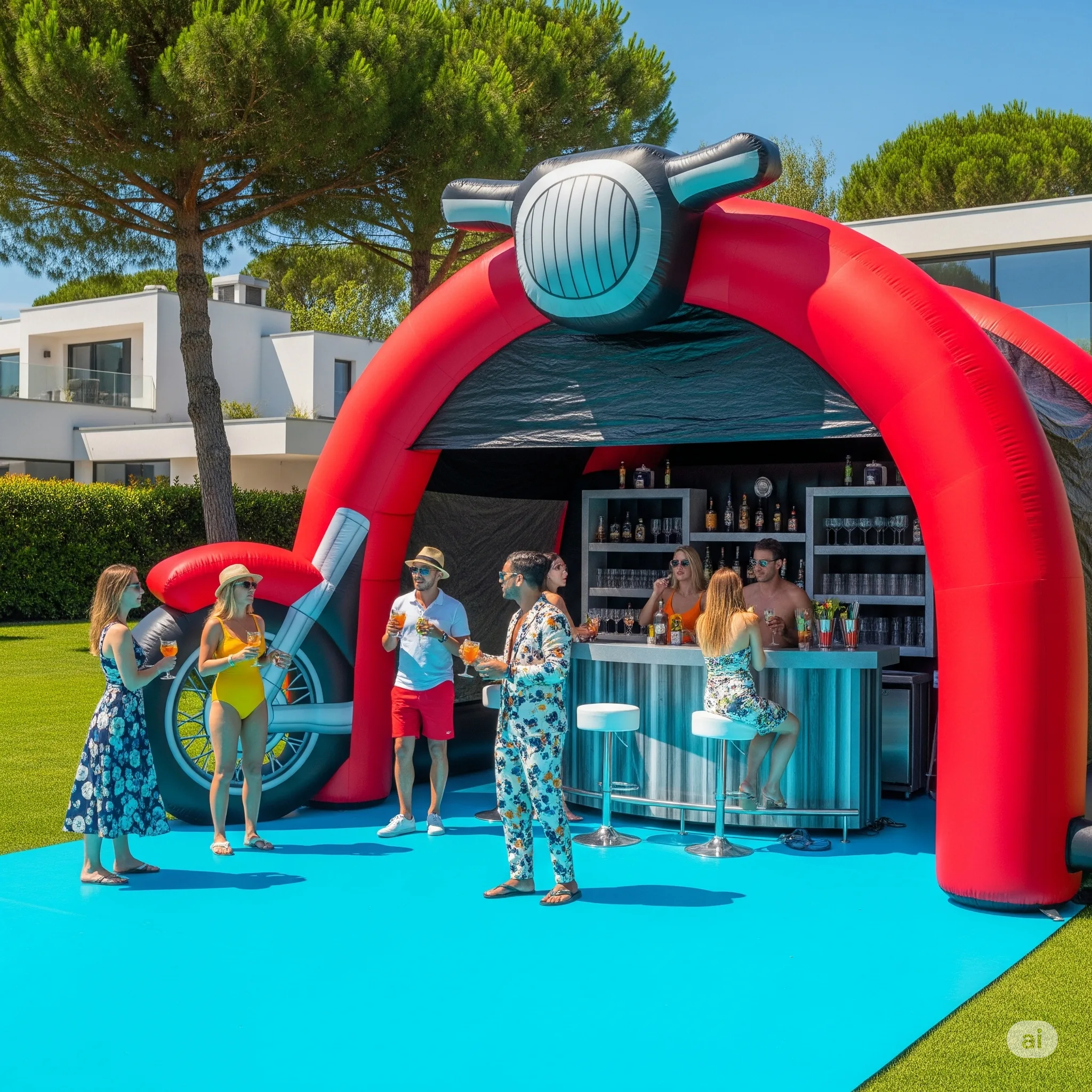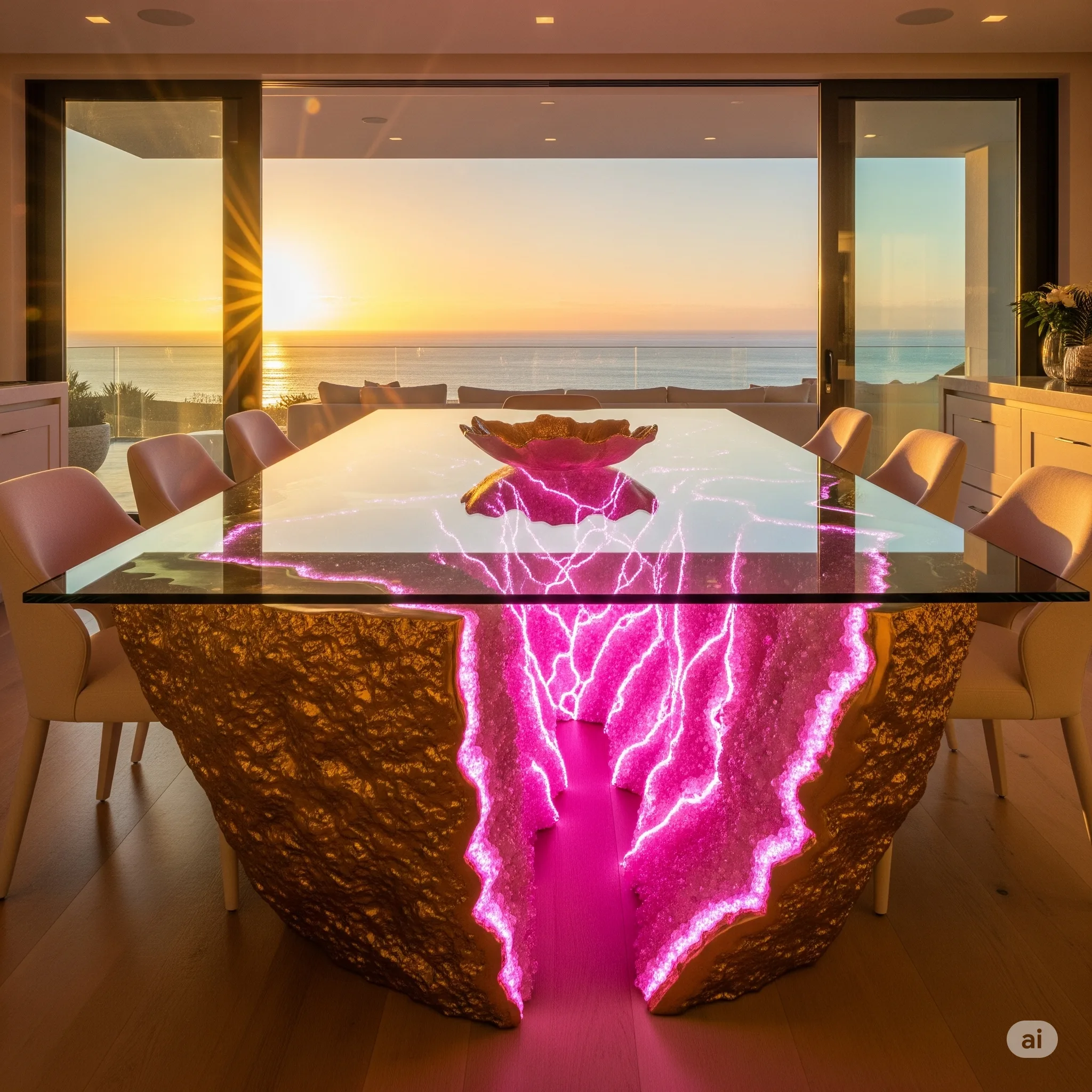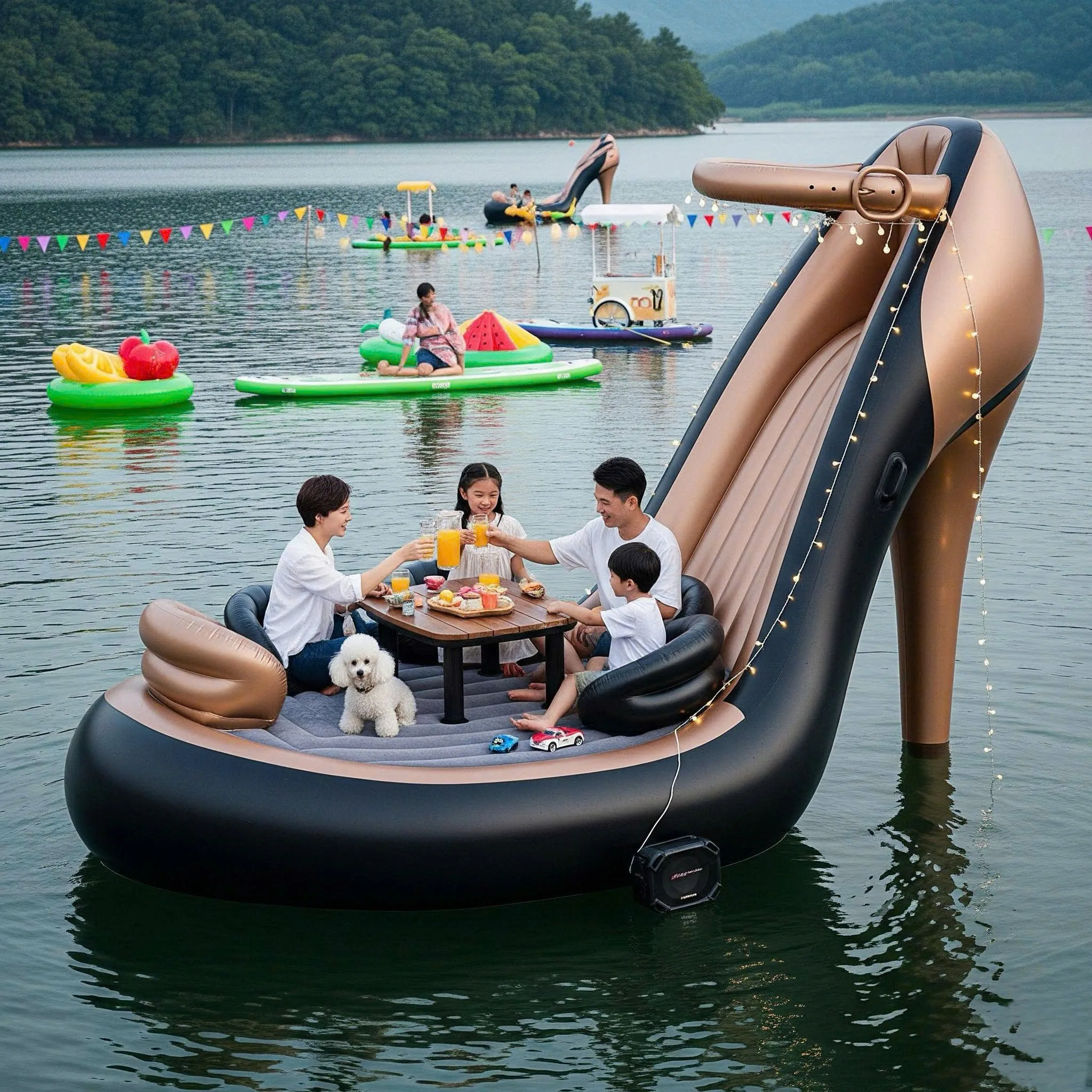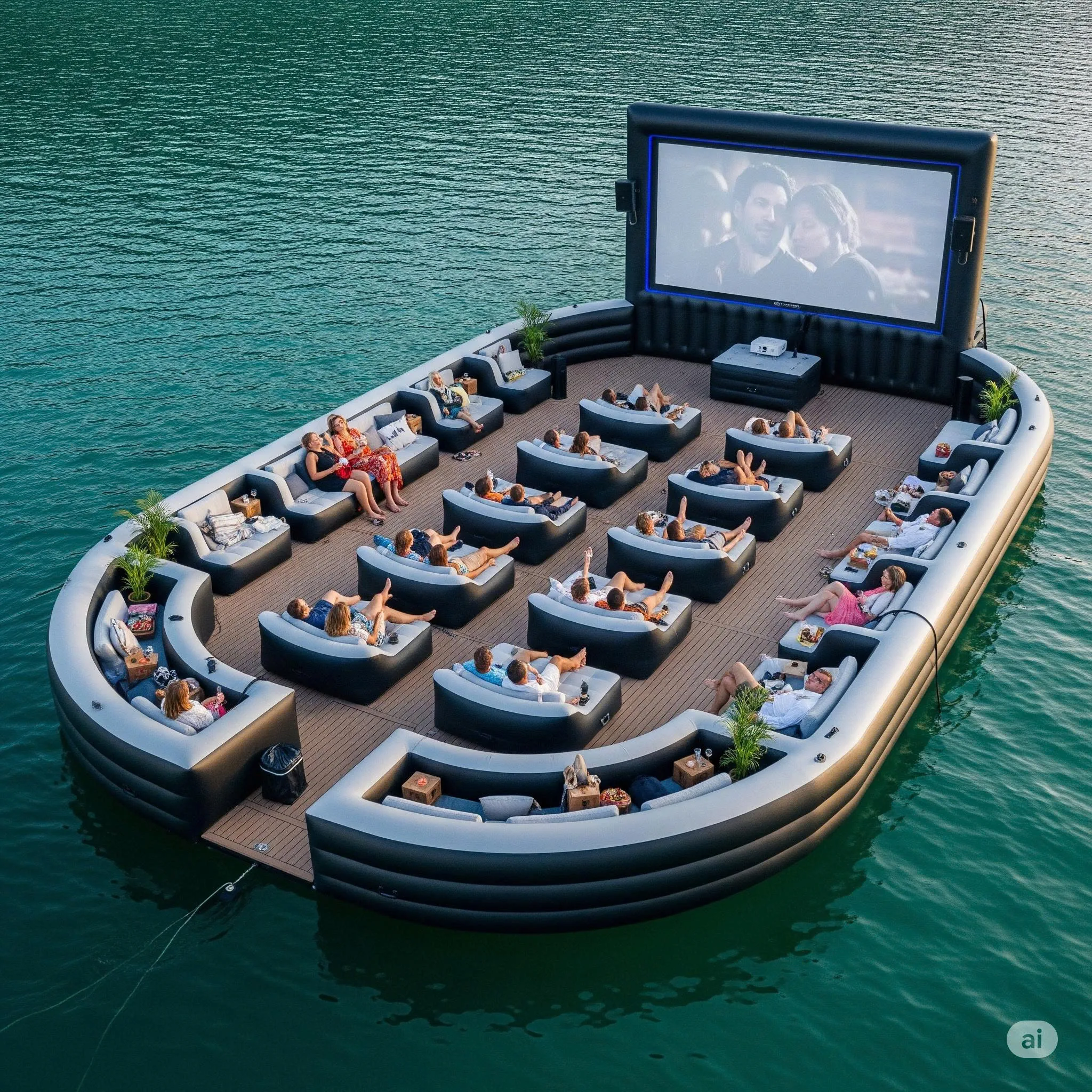The Birth of an Extraordinary Idea
The concept of Aquarium Pianos emerges from the intersection of music, design, and marine life. Visionary artists and engineers have sought to push the boundaries of traditional musical instruments, transforming pianos into dynamic, living artworks. The idea is to create an instrument that not only produces exquisite melodies but also serves as a habitat for marine creatures, effectively turning a musical performance into a visual spectacle.
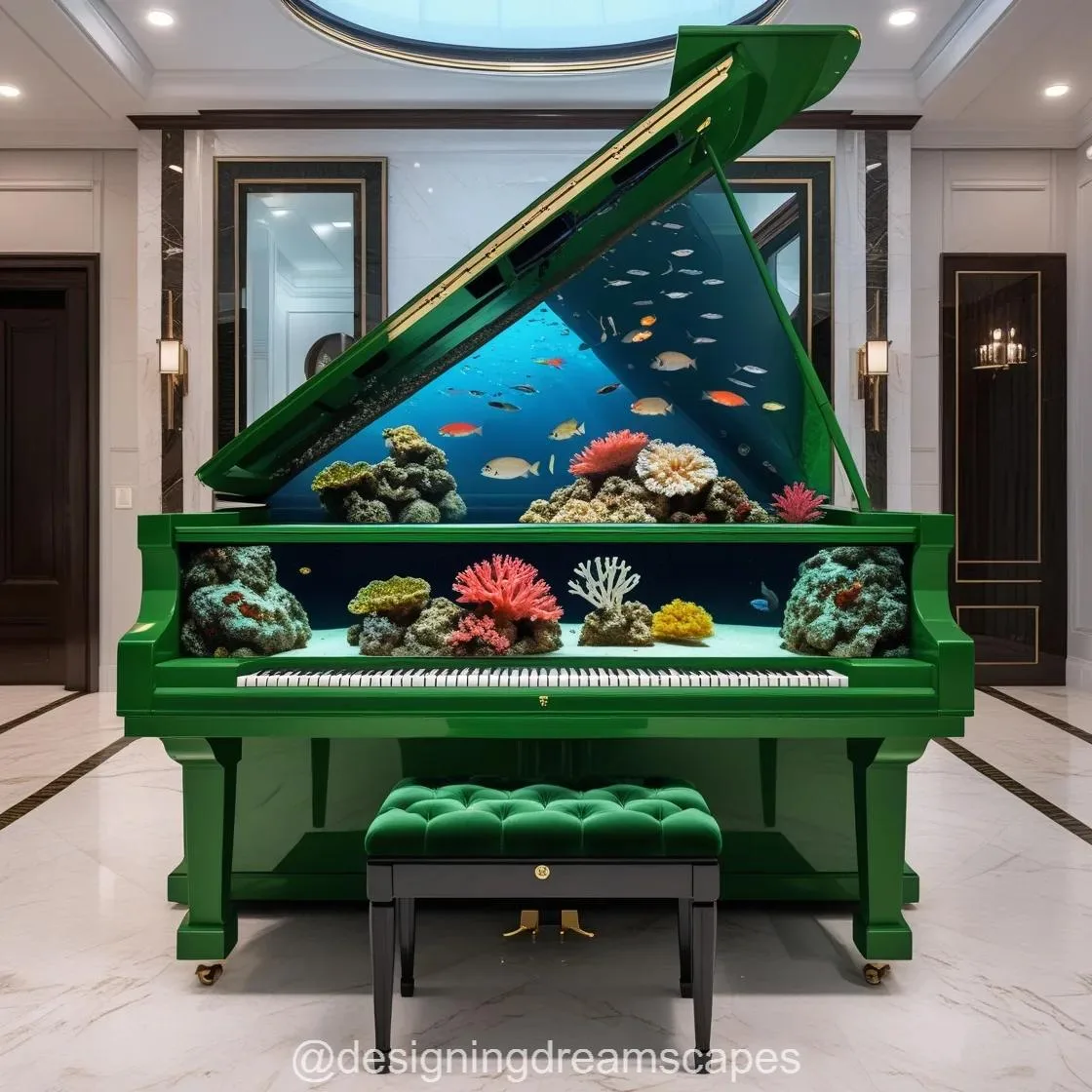
Aesthetic and Emotional Appeal
Aquarium Pianos elevate the aesthetic appeal of any space, whether in a luxurious home, an upscale hotel, or an elite concert hall. The presence of vibrant fish swimming gracefully amidst delicate coral structures while a pianist plays a beautiful sonata creates an enchanting contrast between movement and stillness, nature and human creativity. This integration of visual and auditory beauty offers an emotionally immersive experience, making the music feel alive in a completely new way.
Contents
Designing and Constructing an Aquarium Piano
Engineering Challenges and Innovations
Creating an Aquarium Piano requires precision engineering and artistic craftsmanship. Unlike traditional pianos, which are designed solely for acoustics, an Aquarium Piano must accommodate a water-filled compartment without compromising sound quality. Some of the main challenges include:
- Waterproofing the Piano Body: The aquarium must be carefully sealed to prevent leaks while maintaining a clear view of the aquatic display.
- Balancing Weight Distribution: Water is heavy, and adding an aquarium to a piano significantly increases its weight. Engineers must ensure structural integrity so that the piano remains stable.
- Maintaining Marine Life: Aquarium Pianos are designed with built-in filtration and oxygenation systems to sustain the fish and aquatic plants inside.
- Ensuring Sound Quality: Despite the additional water weight, designers must ensure that the piano produces high-quality acoustics without dampening the sound.
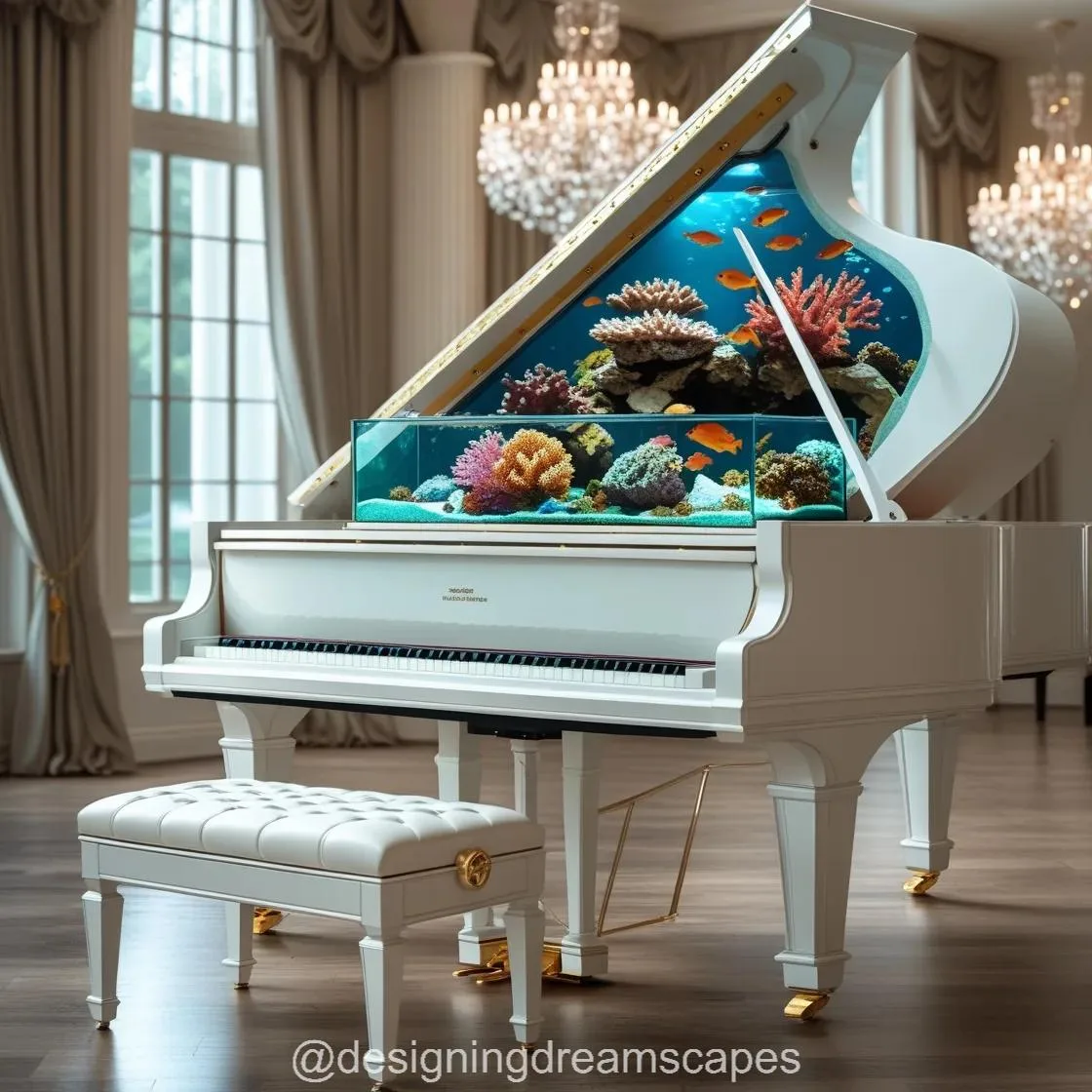
Materials and Technology Used
To craft a fully functional Aquarium Piano, designers use state-of-the-art materials and technology:
- Reinforced Glass or Acrylic: These materials provide crystal-clear views of the marine life while withstanding pressure and preventing leaks.
- Eco-Friendly LED Lighting: Integrated lighting enhances the aquatic scenery, illuminating the fish and corals to create a mesmerizing effect during performances.
- Advanced Water Filtration Systems: Built-in filtration and temperature regulation ensure a healthy environment for the aquatic life inside the piano.
- Custom-Tuned Soundboards: Special modifications to the soundboard and strings allow the piano to maintain its musical integrity.
The Alluring Experience of Playing an Aquarium Piano
A Unique Performance Atmosphere
Playing an Aquarium Piano is an experience unlike any other. The pianist becomes part of a living artwork, surrounded by the gentle movements of fish and the shifting colors of the illuminated water. The visual harmony of the underwater world complements the fluidity of the music, creating an atmosphere of serenity and inspiration.
Therapeutic and Relaxation Benefits
Aquarium Pianos provide more than just artistic beauty; they also have therapeutic effects. Studies have shown that watching fish swim can lower stress levels, reduce anxiety, and promote a sense of calm. When combined with the soothing melodies of a piano, the experience becomes a powerful tool for relaxation and mental well-being.
Popular Uses and Venues
Aquarium Pianos have found their place in various high-end and creative spaces:
- Luxury Hotels and Resorts: Offering an unforgettable ambiance in lobbies and lounges.
- Concert Halls and Art Installations: Showcasing the fusion of music and marine beauty in grand performances.
- Private Homes and Estates: Serving as statement pieces for collectors and music enthusiasts.
- Therapeutic Centers and Spas: Enhancing relaxation through the combined effects of water and sound.
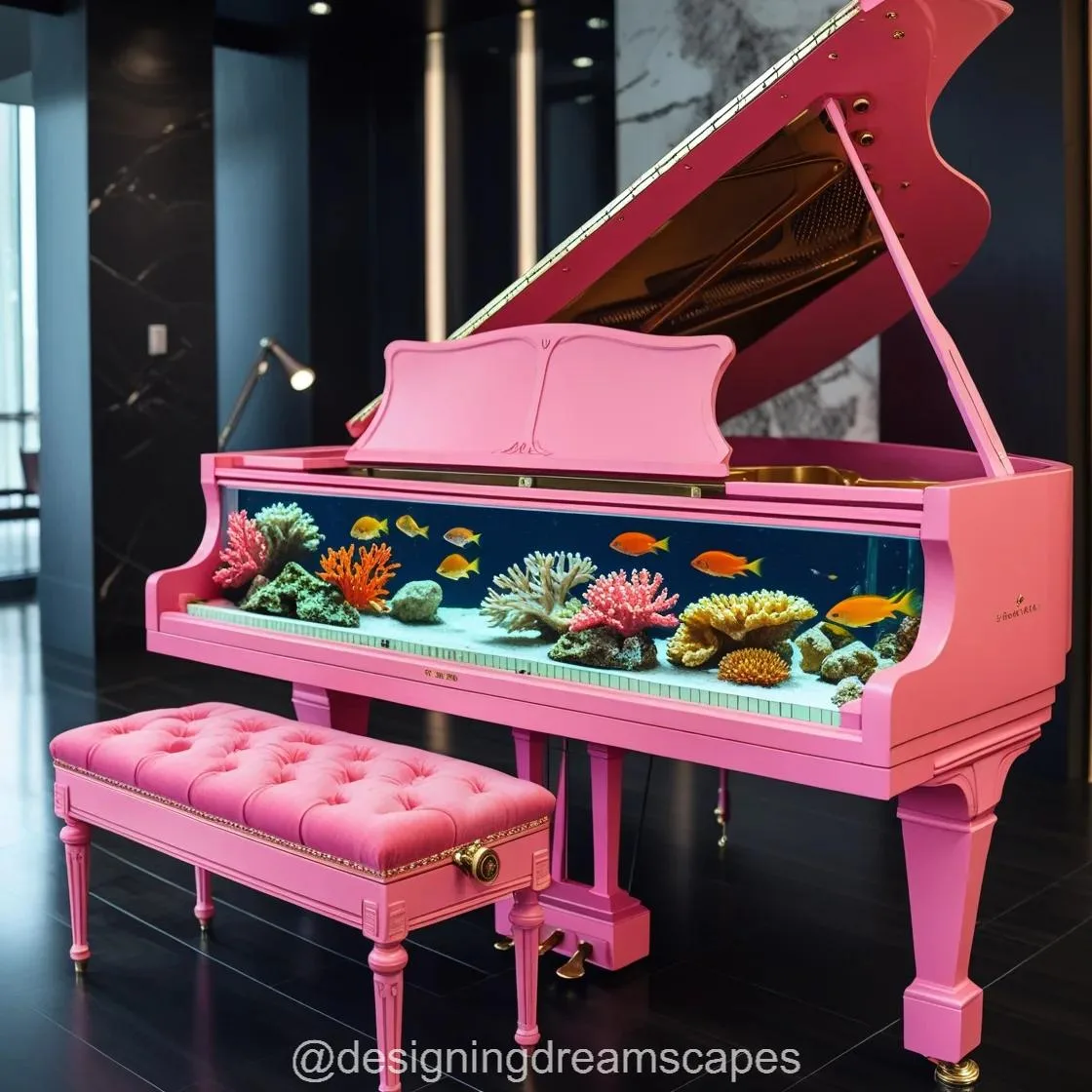
The Deeper Meaning Behind Aquarium Pianos
Symbolism of Music and Marine Harmony
Aquarium Pianos symbolize the harmony between human creativity and nature. They remind us of the deep connection between music and the natural world, illustrating how both can coexist beautifully. The gentle movement of fish echoes the flowing melodies of the piano, reinforcing the idea that art and nature are intrinsically linked.
A Statement on Environmental Awareness
Beyond their artistic appeal, Aquarium Pianos also promote awareness of marine conservation. By showcasing the delicate beauty of underwater life, they encourage viewers to appreciate and protect the world’s oceans. Some designers even use these instruments to support conservation initiatives, donating proceeds to marine preservation organizations.
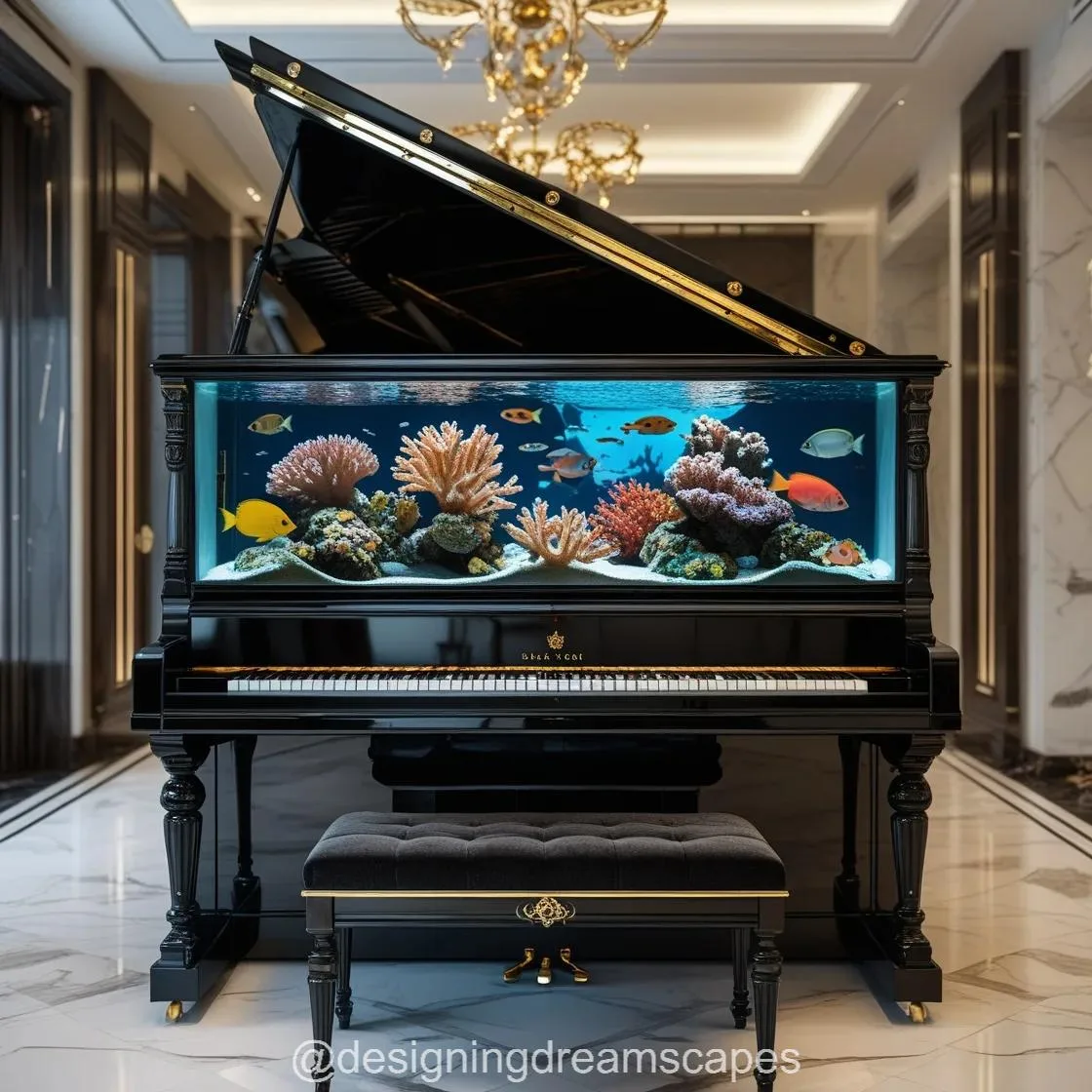
Conclusion
Aquarium Pianos are more than just musical instruments; they are mesmerizing works of art that unite sound and sight in an extraordinary way. These stunning creations offer an unparalleled sensory experience, bringing together music lovers, artists, and marine enthusiasts in admiration of their beauty. As the world continues to explore new forms of artistic expression, Aquarium Pianos stand as a testament to the limitless possibilities of creativity, reminding us that when music and nature come together, the result is nothing short of magical.

